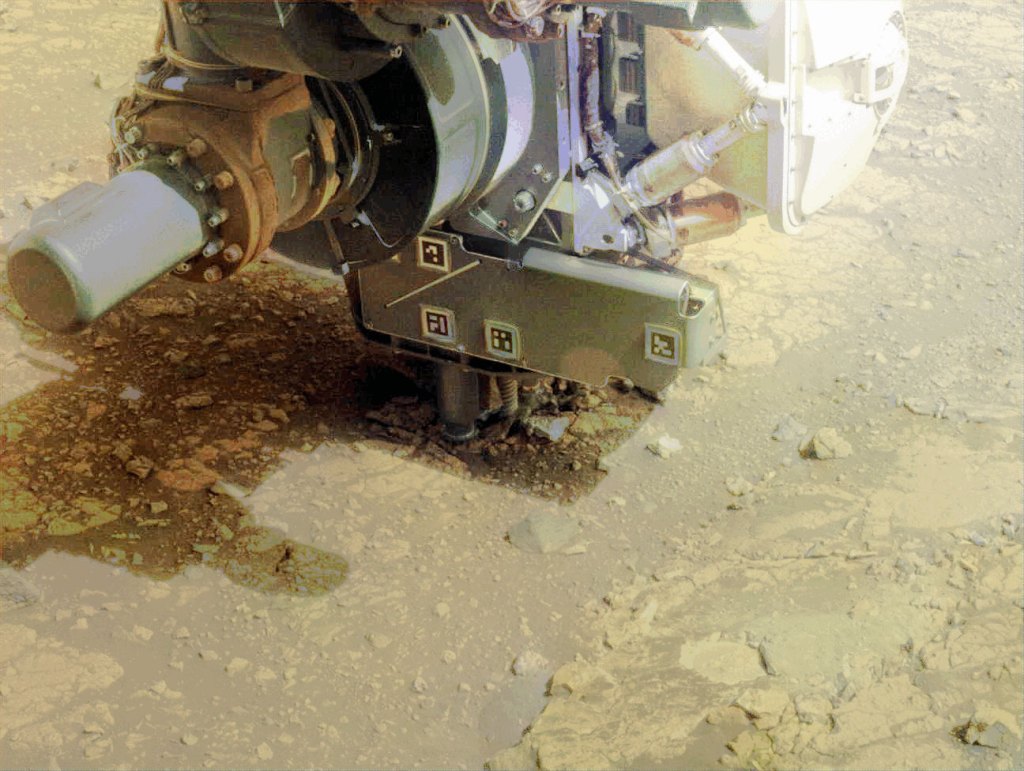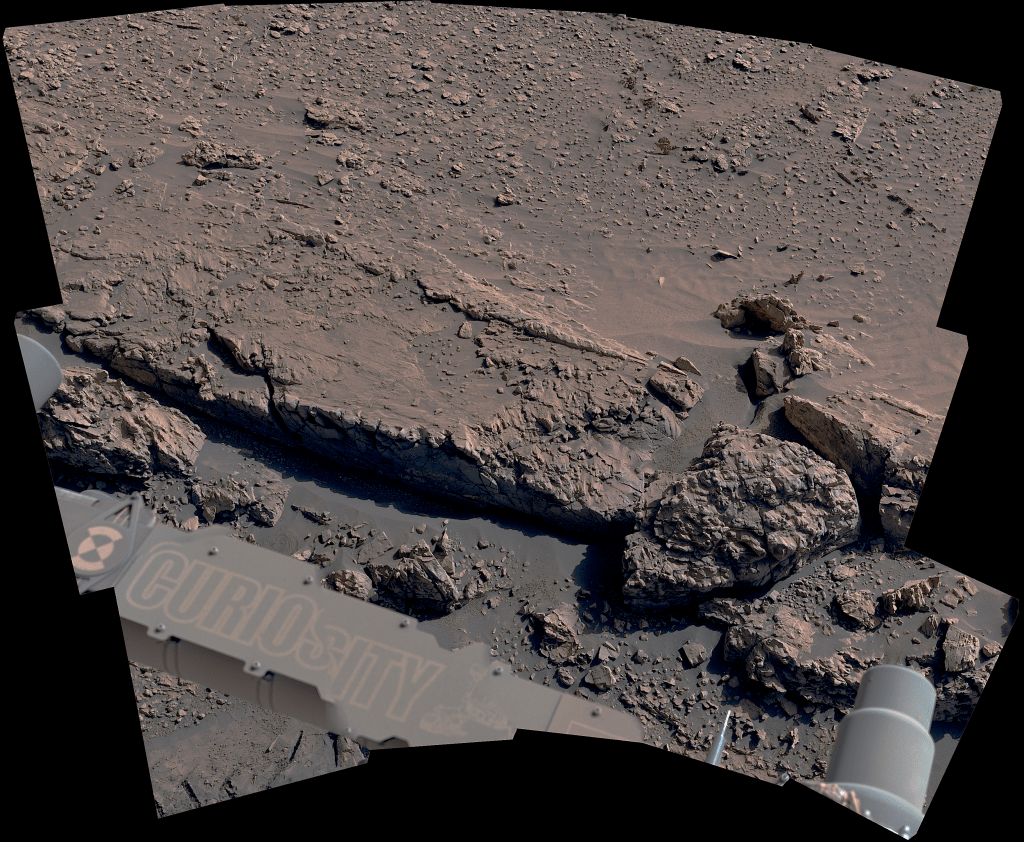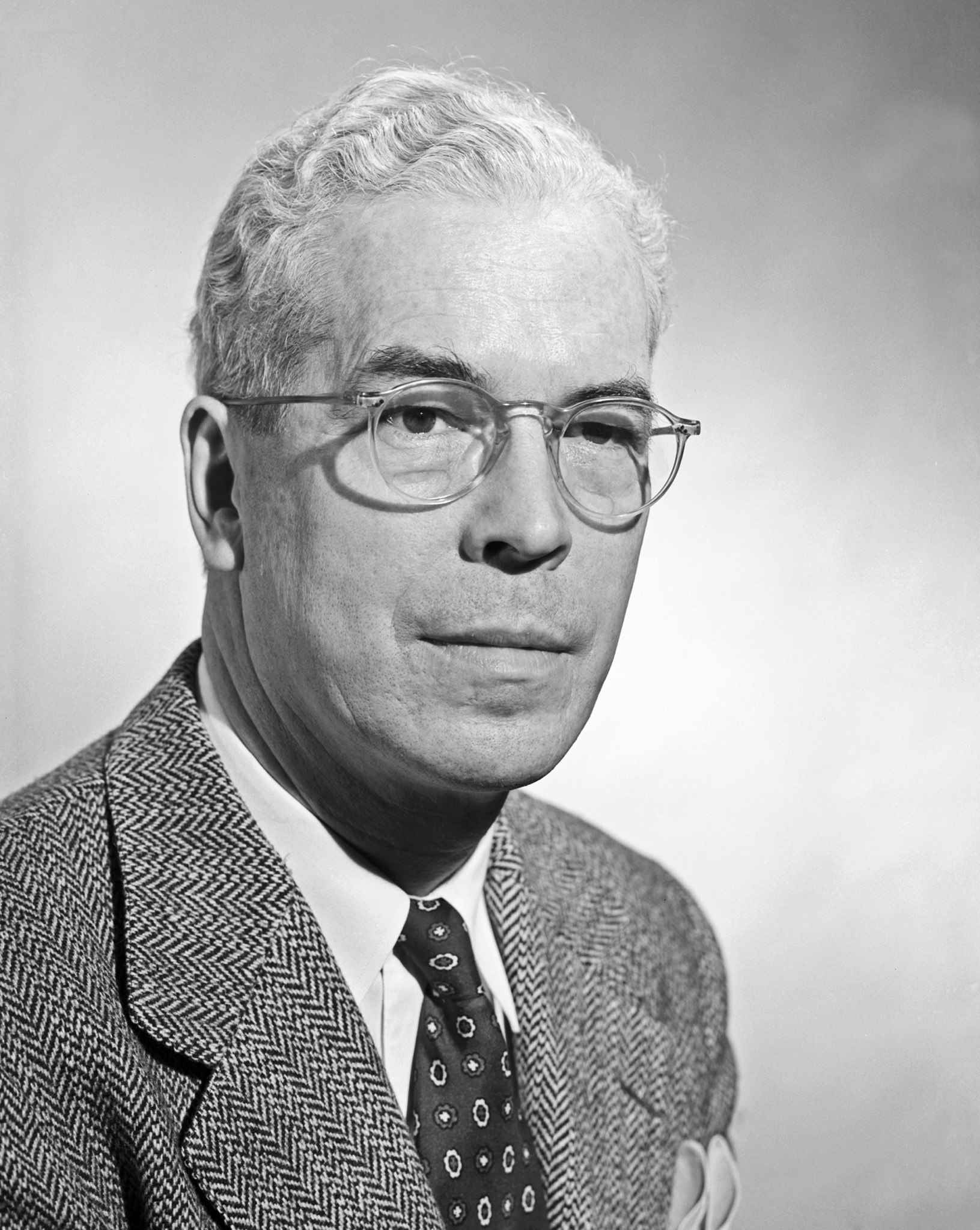Dr. Henry J. E. Reid (1895 – 1968) successfully managed critical research programs, and developed the NACA and NASA culture, as Director of the NACA Langley Memorial Aeronautical Laboratory and the NASA Langley Research Center for over 34 years.
Dr. Reid was born in Springfield, Massachusetts, and attended the Technical High School there. He graduated from Worcester Polytechnic Institute in 1919, with a bachelor of science degree in electrical engineering; and worked briefly in private industry before beginning his career at Langley. He accepted a position as a junior engineer at the NACA Langley Memorial Aeronautical Laboratory (LMAL) in 1921, working in the Instrumentation Division designing and improving basic instruments for flight research. Dr. Reid was an enthusiastic researcher, an expert in his field; and co-worker Miss Pearl Young cited his ingenuity and drive on numerous occasions.
In 1930, Dr. Reid teamed with one of his staff members to invent and develop an instrument known as the NACA V-G Recorder, which has been used extensively throughout the world since that time to yield critical data on the speed and inertial loads during aircraft operations. He was the author or co-author of a dozen technical reports on his research before he was appointed, in January 1926, as the “Engineer-in-Charge” (Director) of Langley. From this leadership position, he managed the rapid growth that accompanied the development of the LMAL as a leading aeronautical and space research facility. He became the well-known and respected face of Langley, and the laboratory won its first Collier Trophy (in 1929) during the early years of his management.
During World War II, his management of Langley focused on three main objectives: (1) to provide the specialized research required to assure Allied air supremacy; (2) to direct a major expansion in facilities and personnel at Langley; and (3) to select and help train members of his staff who were destined to establish and lead new NACA laboratories — the Ames Aeronautical Laboratory at Moffett Field, California, and the Aircraft Engine Research Laboratory at Cleveland, Ohio.
At the request of the Army, Dr. Reid toured France and Germany, during 1944 and 1945, as a member and acting Chief of a segment of the Alsos Mission, a scientific intelligence group charged with obtaining information on the Axis nations’ progress in scientific research and development. His group uncovered many important German aeronautical programs, including swept-wing aircraft, advances in transonic aerodynamics, and jet-engine technology. Upon his return from the mission, Reid briefed the technical leaders within the NACA on the potential breakthroughs he observed, including German theoretical work on the beneficial effect of partly open tunnel walls at transonic speeds. He was awarded the War Department’s Medal of Freedom for his exceptional service during the mission.
When the war ended, President Truman awarded the Medal for Merit to Dr. Reid, in his capacity as Langley Director, for “Exceptionally meritorious conduct in the performance of outstanding services to the United States during the war.” He was cited for having “Distinguished himself in accomplishments which contributed to the success of the war effort, by assisting the United States in achieving and maintaining air supremacy. Displaying great organizing ability and leadership, he expeditiously and efficiently expanded the laboratory to almost seven times its pre-war capacity. He guided important research projects in the field of aerodynamics so successfully that important results were available in time to contribute to the superior quality of the aircraft used by the Army and Navy air organizations in the war.”
His achievements in research in the field of flight were recognized in 1946, when his alma mater awarded him the honorary degree of Doctor of Engineering.
Throughout his career, Dr. Reid was respected and admired by his subordinates for his constant interest in their work and enthusiastic support of their activities. He frequently made unannounced visits to wind tunnels during night-shift operations, and socially intermixed with employees at all levels. He was particularly concerned about ensuring the safety of his employees and others in the general Hampton Roads area. He was General Chairman of an organization comprised of safety officers and other officials of government agencies and, in 1953, was presented with the National Safety Council Award of Honor in recognition of Langley’s achievement in operating nearly 4 million man-hours without a lost-time accident.
Dr. Reid was very active in local civic affairs, including membership on the Board of the Virginia War Memorial Museum, Chairman of a highly-successful public-solicitation drive to build the Dixie Hospital in Hampton, and a member of the Board of Trustees of the Hampton Community Chest. He was also extremely active in his favorite hobby of target shooting. He was an expert rifle shot, participating in matches throughout the United States and England. Several members of the Langley staff shared this interest with him, and he frequently joined them in competitive shooting matches.
Following the creation of NASA, Reid served as the Director of the NASA Langley Research Center until May 1960 when, at his own request, he was replaced by Floyd L. Thompson. This transition was the first change in the top position at Langley in more than 34 years.
Dr. Reid had personally proposed the change to Dr. T. Keith Glennan, the first NASA Administrator, who agreed to Dr. Reid’s request, with the understanding that he would be retained in the capacity of Senior Staff Associate. In an emotional memorandum to his staff, Dr. Reid explained:
“As many of you know, I have for some months been contemplating retirement within the next year or so. In view of my approaching retirement, although I am willing to serve the organization for some time yet, I have thought it best to relinquish my duties as your Director … so that direction of this Center’ programs now in formulation can be placed in other hands at the earliest practicable date.”
H. J. E. Reid retired from NASA in 1961. When he arrived at Langley, the staff had consisted of about 40 people with very modest research facilities, including one small wind tunnel, a flight hangar, and two converted military barracks for offices and shops. When he retired, the Langley staff numbered 3,200, and the Center operated about 40 major research facilities. He had directed Langley for all but about 10 of the 44 years of its existence; and the Center had grown, through peace and war, to become one of the world’s leading aeronautical and space research organizations.
Dr. Reid married the former Mildred Woods and had a son, Henry Jr., and a daughter, Phyllis. Henry Jr. graduated from the University of Virginia and followed in his father’s footsteps, becoming an electronics engineer and Head of the Navigation and Guidance Research Branch in the Instrument Research Division at Langley for both the NACA and NASA. Henry Jr. passed away in February 2015.
Dr. Henry J. E. Reid died on July 30, 1968, at his home in Gloucester, Virginia, at the age of 72. Upon his passing, James E. Webb, NASA Administrator, stated:
“Dr. Reid was a pioneer in aeronautics and space … He grew up with the NACA in the air age and help guide NACA and NASA into the space age … Under his guidance, Langley won four Collier Trophy awards for outstanding research achievements. The country loses an outstanding public service with his death.”
























